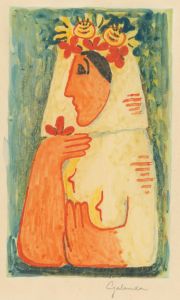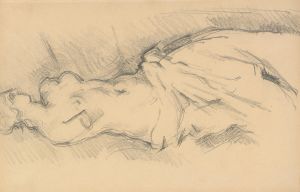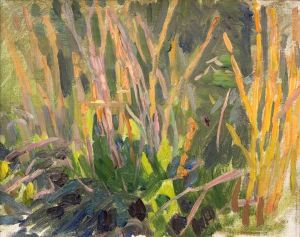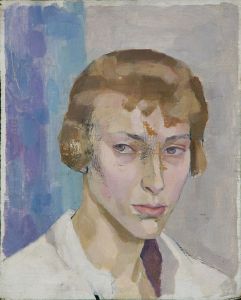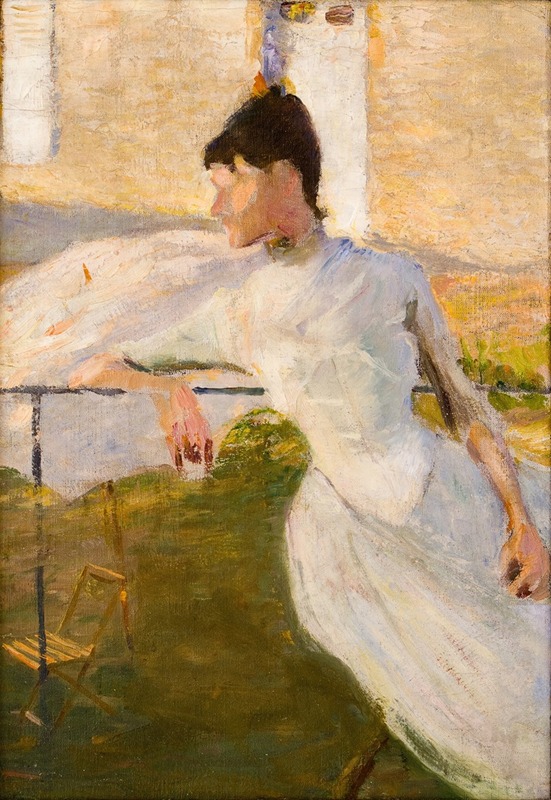
Portrait of Julia Beck
A hand-painted replica of Richard Bergh’s masterpiece Portrait of Julia Beck, meticulously crafted by professional artists to capture the true essence of the original. Each piece is created with museum-quality canvas and rare mineral pigments, carefully painted by experienced artists with delicate brushstrokes and rich, layered colors to perfectly recreate the texture of the original artwork. Unlike machine-printed reproductions, this hand-painted version brings the painting to life, infused with the artist’s emotions and skill in every stroke. Whether for personal collection or home decoration, it instantly elevates the artistic atmosphere of any space.
"Portrait of Julia Beck" is a painting created by the Swedish artist Richard Bergh in 1883. This artwork is a notable example of Bergh's skill in portraiture and his ability to capture the personality and presence of his subjects. The painting depicts Julia Beck, a Swedish painter who was active during the late 19th and early 20th centuries. Beck was known for her contributions to landscape painting and her involvement in the artistic community in France, where she spent much of her career.
Richard Bergh, a prominent figure in Swedish art, was associated with the National Romantic movement and was known for his portraits, landscapes, and allegorical works. His portrait of Julia Beck reflects his interest in realism and his focus on the individuality of his sitters. The painting is characterized by its detailed rendering of Beck's features and the subtle interplay of light and shadow, which adds depth and dimension to the composition.
Julia Beck is portrayed in a seated position, with a calm and contemplative expression. The background is simple and unobtrusive, allowing the viewer's attention to remain on the subject. The painting demonstrates Bergh's technical proficiency and his ability to convey the inner life of his subjects through their outward appearance.
The portrait is part of the collection of the Nationalmuseum in Stockholm, Sweden. It is considered an important work within both Bergh's oeuvre and the broader context of Swedish portraiture during the 19th century. The painting not only highlights the artistic connection between Richard Bergh and Julia Beck but also serves as a testament to the vibrant cultural exchange among Swedish artists of the period.
This artwork remains a significant piece for understanding the artistic networks and individual achievements of Scandinavian artists in the late 19th century.






